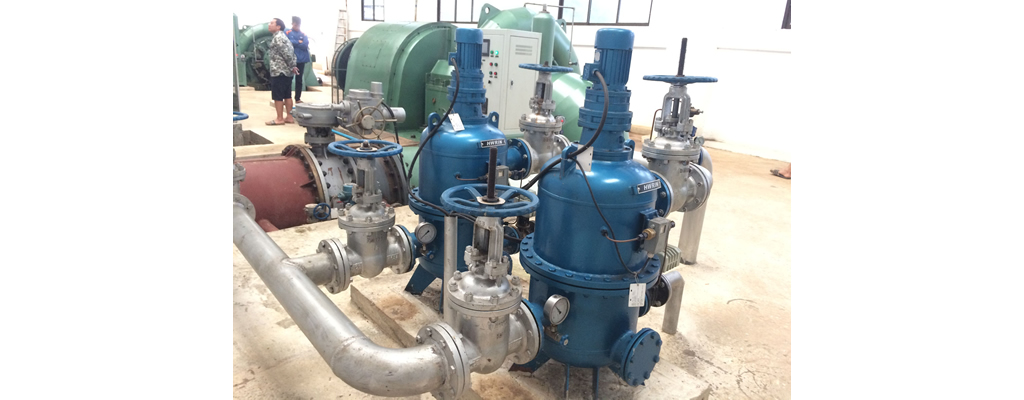Automatic Water Strainer You Need to Know About
 secureluokai
secureluokai
 March 9, 2018
March 9, 2018

Would you tried using for a simple bag filter in order to purify water? Or would you use a reverse osmosis system as a filter in a wastewater plant? It’s important to understand the options available for all applications to ensure that you choose the correct method.
Just as there are benefits to choosing the correct pump, selecting the right filter can reduce the downtime of your system, limit disposal costs for waste, reduce the chances of exposing workers to dangerous fluids, reduce money spent on maintaining equipment, and improve the overall quality of the product that is produced.
We’ve assembled a list of five of the most common filtration techniques that we see.
Self-Cleaning Automatic Strainers and Filters
Self-cleaning back wash automatic strainer was created to provide the user with easy maintenance and hands-off operation. There are a wide variety of these filters, including tubular backwashing filters, cooling towers, self-cleaning strainers, and filters that are cleaned mechanically. These are best for applications with a high flow rate, where you need to keep the fluid away from the operator and the environment, and also for liquids that require that solids one micron or larger be removed. These are the types of automatic backwash strainers that are used in hydropower stations and large thermal power plants.
Manual Pipeline Basket Strainers
Two types of manual basket strainers currently exist: duplex strainers and simplex strainers. Simplex strainers are utilized when the line can be closed down for a short period in order to change baskets or clean them. Duplex baskets are utilized when the line must be kept continuously running so that it can run through a cleaning. The advantage to these strainers are that they don’t have to be stopped for cleaning, so there’s no downtime required. When a basket becomes full, flow simply moves from one to the other.
Bag Filters
Bag filters have a fairly low initial cost and can handle numerous conditions. They’re a good option for applications like paints, water treatment, food handling, chemicals, medicine, and more. Housings for the filters are available in a wide variety of materials, ranging from plastic to stainless.
Cartridge Filters
Cartridge filters are some of the most common liquid filtering technology on the market today. They’re a good choice for almost any application with a variable flow rate that also requires a retention rating at a sub-micron level. These requirements can be common in the chemical industry, as well as for production of paints, food, and beverages. Both cartridge filters and bag filters can be used when fewer solids must be removed, environmental exposure to the liquid is fine, and an operator can also be exposed to the liquid.
Reverse Osmosis Water Filter
This process is when a solvent, such as water, is purified by being forced through a porous membrane. It is often used to purify or treat water by removing contaminants and other minerals. This can dramatically reduce the scaling that equipment experiences in industrial situations where it is regularly exposed to water.
It can also help keep systems clean that are regularly exposed to juice concentrate, milk concentrate, whey, and more.
Realistically, the options are almost endless when one thinks about filtration and straining, and this list only scratches the surface. A large-scale business should think about the installation cost compared to the operating cost, their current waste disposal cost and how it may change, the flow requirements, and any operator/environmental exposure risks.
For more information on the automatic water strainer, Contact Flowspec and we will be happy to answer your questions and give your a quote for reference.

